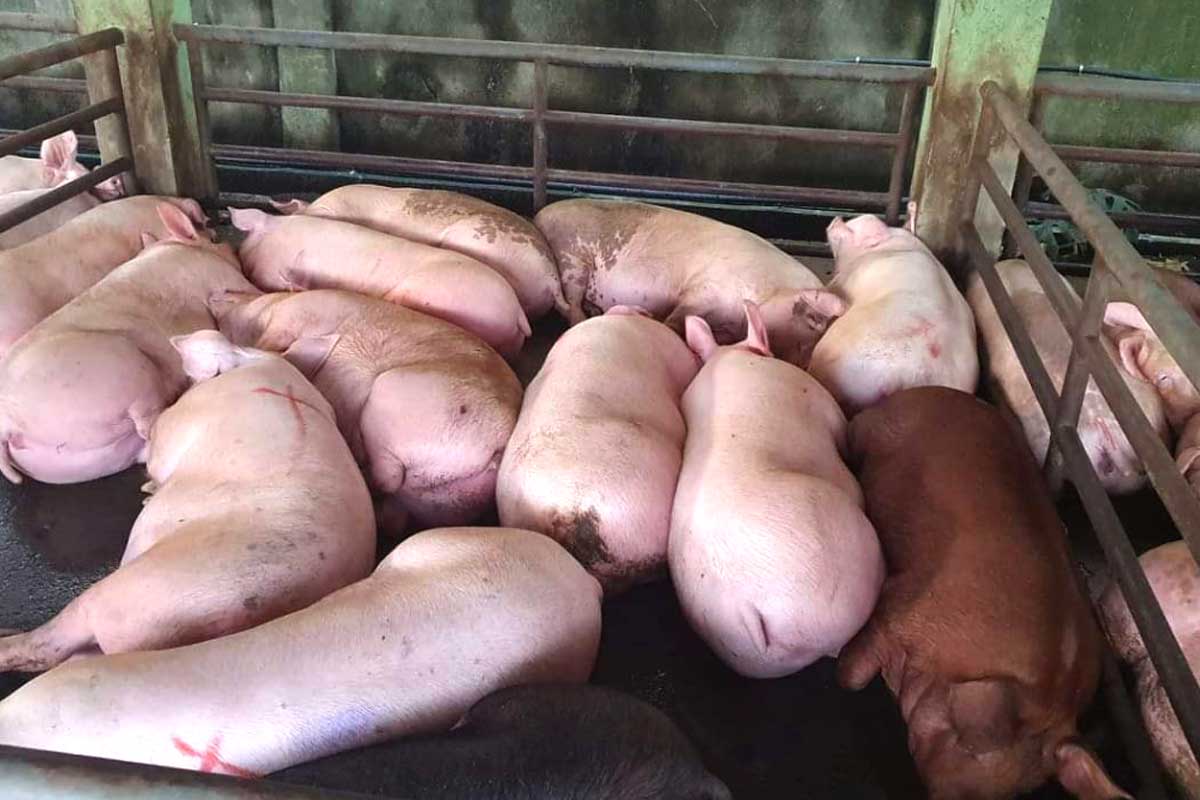
By Rjay Zuriaga Castor and Mariela Angella Oladive
In a significant development for the hog industry in Western Visayas, 15 towns have transitioned from red to pink zone status in the fight against African swine fever (ASF), the Department of Agriculture Bureau of Animal Industry reports.
The move signals a positive shift in containment and control of the disease within the region.
Iloilo province has seen the highest number of towns—Banate, Batad, Barotac Viejo, Concepcion, Dingle, Mina, New Lucena, Oton, San Miguel, and Santa Barbara—making the shift.
This change to pink status, which denotes a buffer zone adjacent to infected areas with no reported cases for a set period, suggests a stabilizing situation.
The list also includes San Jose de Buenavista in Antique, Pulupandan in Negros Occidental, and the cities and towns of Iloilo City, Jordan, and Buenavista in Guimaras.
The transition follows a recommendation in late March to declare Iloilo City ASF-free, which became official with Executive Order No. 49 on April 2.
In addition to these developments, the Iloilo Provincial Veterinarian Office (PVO) stated that while Oton is pending validation for the sentinelling program, nine other towns have successfully qualified 226 hog farmers for ASF recovery efforts.
Fifty-six farmers in Oton are still awaiting this process.
To partake in the sentinelling program, localities must demonstrate a 40-day ASF-free record, implement biosecurity measures, ensure supervised cleaning and disinfection by municipal agricultural authorities, and enact local ASF ordinances.
Once approved, sentinel piglets will be introduced for observation; a 45-day clear test will then pave the way for an ASF-free declaration and subsequent swine repopulation.
In a broader context, the Department of Agriculture Western Visayas’ collaborative efforts with local government units, the Bureau of Animal Industry, and Provincial Veterinary Offices are bearing fruit.
This regional progress is mirrored across the Philippines, with 413 cities and municipalities elevated to Pink Zone status and 79 to Yellow (Surveillance) Zone status.
The zoning classifications are part of the DA’s strategic measures, with the red zone indicating active ASF cases and the pink zone signifying buffer areas.
Municipalities near pink zones without ASF cases are classified as yellow, while light green and dark green denotes moderate and low-risk areas, respectively.



















